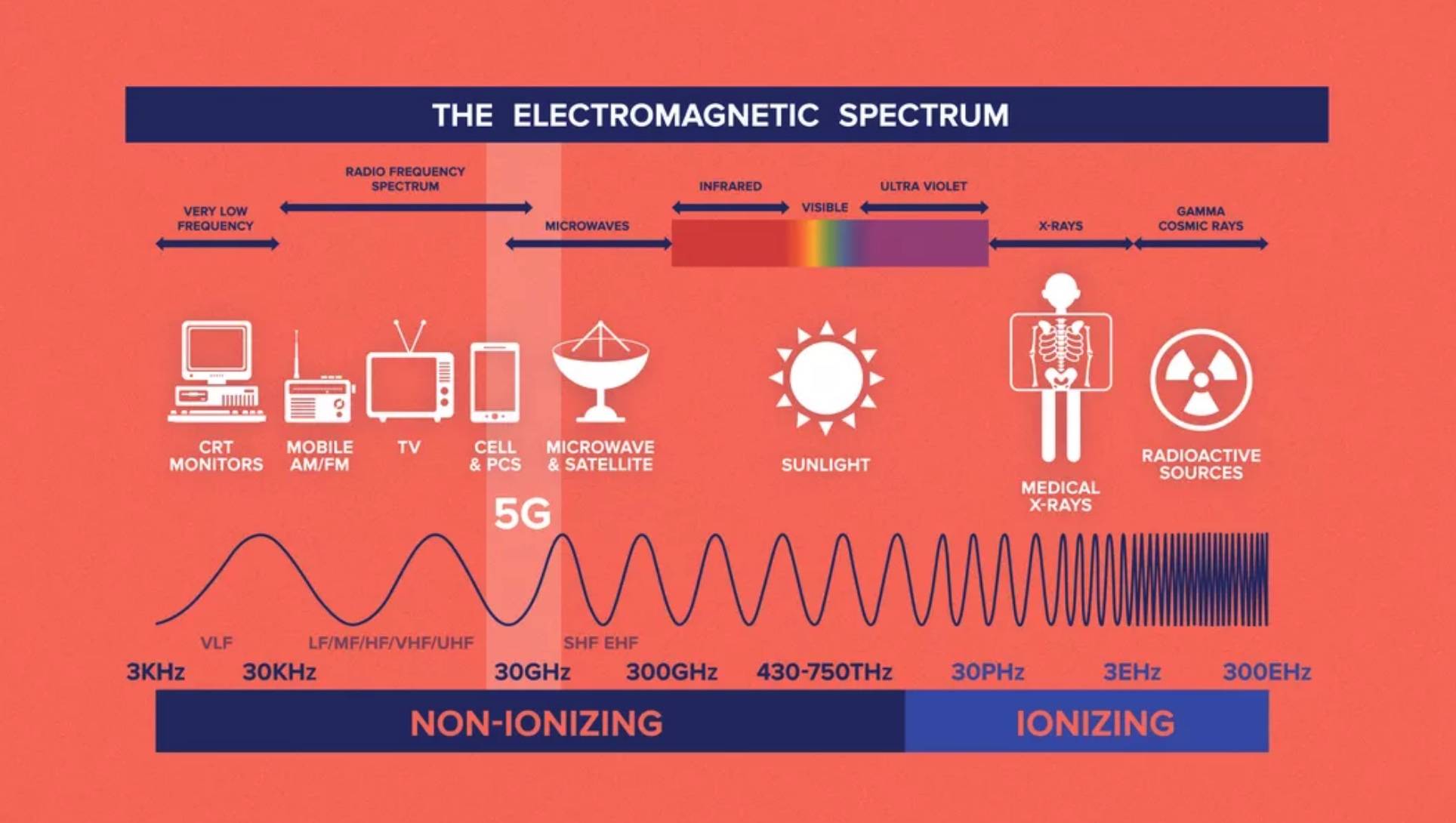European regulators have identified the 34-38GHz band and plan to harmonise it to make it suitable for 5G. For 5G the frequency spectrum of sub-6 GHz ranging between 450 MHz to 6 GHz and 24 GHz to 52 GHz are the frequency ranges of mmWave.
 5g Towers In Canada Is There A Health Concern Cengn
5g Towers In Canada Is There A Health Concern Cengn
While offering less range per cell tower this type of 5G is going to be the most common implementation of 5G.

5g frequency range. It has a frequency band from 24GHz to 52GHz. All previous cellular spectrum sub-6 GHz range and above sub-6. This is the main band currently being used for 5G with the UKs networks making heavy use of the 34GHz band and Three additionally using spectrum in the 36-4GHz band.
NR frequency bands below 6. With 5G latency in the 1 millisecond ms range can be expected whereas latency of around 20 ms is typical for 4G. Frequency Range 1 FR1 including sub-6 GHz frequency bands Frequency Range 2 FR2 including frequency bands in the mmWave range 24100GHz 5G Radio Frequency Country Specifications for mmWave bands.
5G Range The trade-off for speed at mmWave frequencies is limited range. 55 rows Frequency bands for 5G New Radio 5G NR which is the air interface or radio access technology of the 5G mobile networks are separated into two different frequency ranges. Ad Search 5g Wireless Network.
Now coming to mmWave frequency band in 5G. 5G utilises a variety of frequency bands within ranges known as FR1 below 7125 GHz and FR2 above 24250 GHz for the 5G New Radio 5G NR. Mid-band 5G operates in the 25-37 GHz range and delivers speeds between 100-900 Mbps.
This is considerably higher than 4G networks which use about 700. Get Results from 6 Engines at Once. 42 rows 5G Frequency Bands are defined by the 3GPP.
A microwave oven cooks your food using the 245 GHz frequency. In order to support higher bandwidth 5G require high frequency range of sub 6 GHz and millimeter waves. First there is Frequency Range 1 FR1 1 that includes sub-6 GHz frequency bands some of which are bands traditionally used by previous standards but has been extended to cover potential new spectrum offerings from 410 MHz to 7125 MHz.
Think of it as the elite spectrum. The 5G spectrum is a range of radio frequencies in the sub-6 GHz range and the millimeter wave frequency range that is 2425 GHz and above. Ad Search 5g Wireless Network.
5G NR uses two frequency ranges. Verizon uses several spectrum bands for its 5G offerings. 40 rows Frequency bands for 5G are divided into sub 6GHz and mmWave bands.
Defining the 5G Spectrum Radio wave frequencies range anywhere from 3 kilohertz kHz up to 300 gigahertz GHz. 5G Ultra Wideband Verizons millimeter wavelength mmWave-based 5G operates at frequencies of about 28 GHz and 39GHz. While the 5G spectrum can theoretically go up to 100GHz telecom regulators around the world have not even started licensing spectrums beyond 50GHz so.
5G Radiation is a high frequency form of Microwave radiation. It will be the main frequency band for the launch of 5G. Like any wireless transmission system 5G the fifth generation mobile communication network also require to use frequency spectrum to transmit data.
These high frequencies make the 5G frequency band very complex. Get Results from 6 Engines at Once. 5G frequencies are expected to range from about 24 GHz up to about 300 GHz.
Every portion of the spectrum has a range of frequencies called a band that go by a specific name.